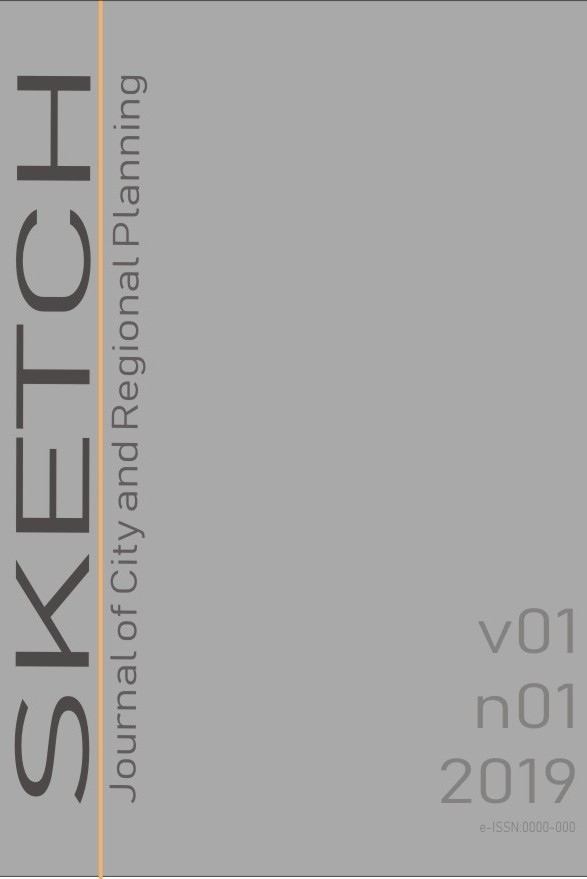
Sketch: Journal of City and Regional Planning
Yazarlar: Oya Hayriye Saf, Emre Ergul
Konular:-
DOI:10.5505/sjcrp.2019.77487
Anahtar Kelimeler:Islamic City Model,Ottoman Society Structure,Ottoman City,Ottoman District Order
Özet: Architectural elements and their symbolic features draw the attention in the Ottoman city image. Residential neighborhoods, consisting of houses located in walled large gardens and on hills with narrow streets, minarets, arches, domes and chimneys are the elements of this image. Other pieces; low-rise public buildings and small shops shaped by the social, cultural and economic life, gardens and dervish lodges which are the reflection of religious life are the integrated elements of city panorama.The method of this study is based on the Islamic city model of Lapidus. Four groups of social organization defined in the model are State organizations, Religious communities, Artisan-Akhi organizations and Districts. These are seen in Islamic societies were also appeared in Anatolian cities of the empire. It can be said that this form of organization is the basis of community life in both urban and rural areas in Muslim societies and determines the physical structure of cities. In this context, the representation of social organization groups in the model, on Ottoman urban layout is examined.As a conclusion;a. Palaces, mansions and mosques representing the power of administration staff are the focal points of Ottoman cities.b. The fact that the society is divided into different sections by religious differences, Muslim district, Armenian district and Jewish district are quite clear.c. The manufacturing and retail shops of Artisan-Akhi organizations in khan sand covered bazaars, have formed the commercial center of cities.d. The formation of districts indicates a kin-based grouping. Probably, therefore, the difference of income level can only be understood with the size of houses.In short, the social and cultural structure of Ottoman city has determined the formation of physical environment at both, macro and micro levels, which means, both in the urban form and in the details of houses.